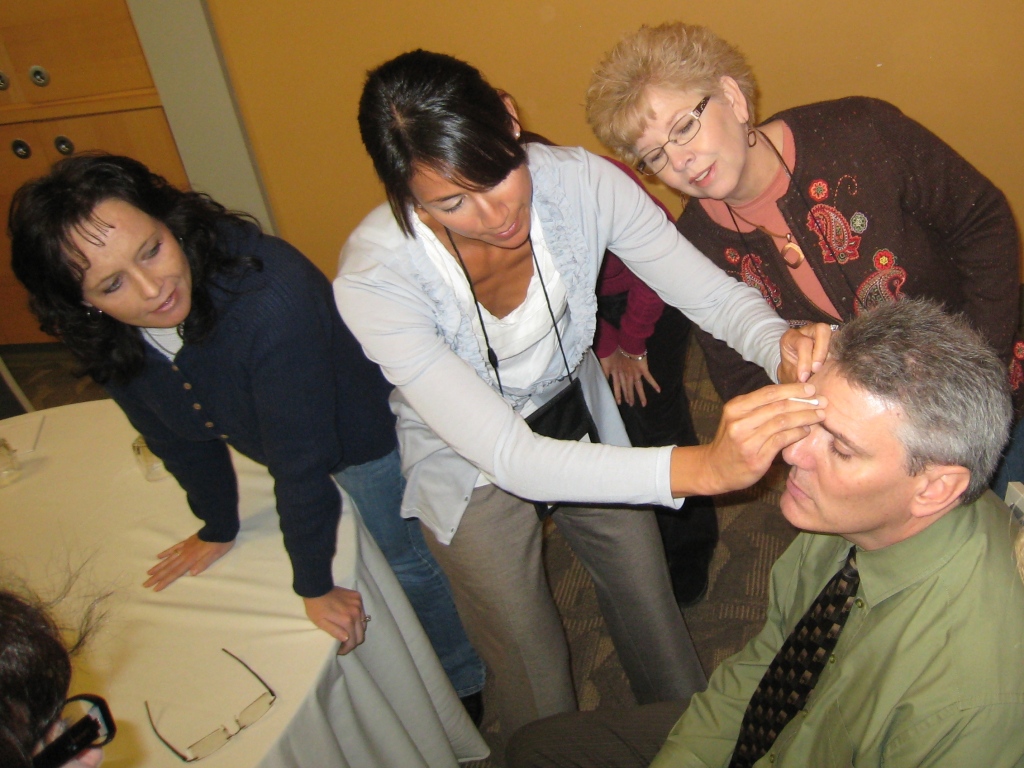OOA/AOA Warning Parents about Misleading Campaign Promoting Vision Screening
Beginning January 1, nearly all children in the U.S. will have coverage for annual eye examinations, follow-up care, and treatments, such as eyeglasses, from their local doctor of optometry. For many families, the coverage will be embedded within their basic medical insurance, not as a stand-alone benefits as has typically been the case. Sadly, even though many children currently have this vision care coverage and millions more will soon gain new access to this vision care coverage through an Optometric Care ACA Children’s Health Benefit, deemed essential to a child’s overall health, a group of specialty surgeons is attempting to mislead the public and steer families away from the primary eye and vision care that they need.
Through a nationwide campaign called “Choosing Wisely”, a group of special-interest surgeons has released recommendations urging parents not to bother with annual comprehensive eye examinations provided by doctors of optometry unless the child is already identified as having a vision problem. The problem with that recommendation is that there is no valid screening method to identify most kids with vision problems.
The OOA/AOA is rapidly taking steps to counteract this potentially harmful suggestion.
- First, AOA has prepared a statement for parents (member log-in required) that you can use in giving your own expert advice to parents and other in your community who care about children’s health.
- AOA has prepared a public referenced article: Health Reform Offers Better Children’s Vision Care in the U.S.
- In the coming weeks, the AOA will conduct PR outreach to both medical-health media and consumer media to correct the record about the problems with vision screenings and the benefits and accessibility of comprehensive eye exams for children. Materials will also be provided for you and affiliates to use with the media and other public health stakeholders.
Only comprehensive eye exams fully identify eye problems, provide diagnosis, and ensure a linkage to treatment for all of the vision and eye health issues that can impact a child’s ability to meet important developmental and educational milestones while routine vision screenings miss up to three-quarters of learning-related eye and vision problems.
Once missed by vision screening, children are often misdirected toward Individualized Education Plans (IEPs) and/or Attention Deficit Hyperactivity Disorder (ADHD) treatments without ever receiving the vision care they actually need. But, not surprisingly, these vision screenings are predominantly effective at finding those rare kids in need of eye surgery and have been shown to detect little else that relates to a child’s success or failure in school.
Vision screenings miss more problems than they find. A study funded by the National Eye Institute found that even the most highly trained vision screeners using the the top-of-the-line screening equipment will miss one-third of all learning-related eye and vision problems in children. Children should never have to suffer a lifetime of visual and learning problems because a vision screening missed their vision or eye health issue.





